The best museums of La Palma: Discover its cultural heritage
La Palma has a rich offer of museums that reflect its history and culture. Each of them offers a unique experience to learn about the island's heritage. From archaeological legacy to wine production, these educational spaces allow you to explore the cultural diversity of La Palma. The following are the best museums to visit.
La Palma is not only captivating for its exuberant nature, but also for the richness of its history, traditions and art. Known as “La Isla Bonita”, this corner of the Canary Islands is home to a valuable cultural heritage that is reflected in its museums: living spaces where the past and the identity of La Palma come to life.
From ethnographic centers that show rural life and the aboriginal legacy, to museums of contemporary art, archeology or astronomy, touring the museums of La Palma is to travel through its deepest soul. In this guide we invite you to discover the best museums on the island so that your visit will also be an unforgettable cultural experience.
- 1. The 17 best museums in La Palma
- 2. Benahoarita Archaeological Museum
- 3. Cumbre Vieja Natural Park Visitor's Center
- 4. Insular Museum of La Palma
- 5. Museum of Sacred Art
- 6. Wine and Sugar Cane Interpretation Center
- 7. La Bajada Museum
- 8. Lighthouse of Fuencaliente and Interpretation Center.
- 9. Banana Museum
- 10. Naval Museum and La Virgen Ship
1. The 17 best museums of La Palma
2. Benahoarita Archaeological Museum
Located in Los Llanos de Aridane, the Benahoarita Archaeological Museum is a space that allows visitors to explore the cultural legacy of La Palma through the history of its ancient inhabitants.
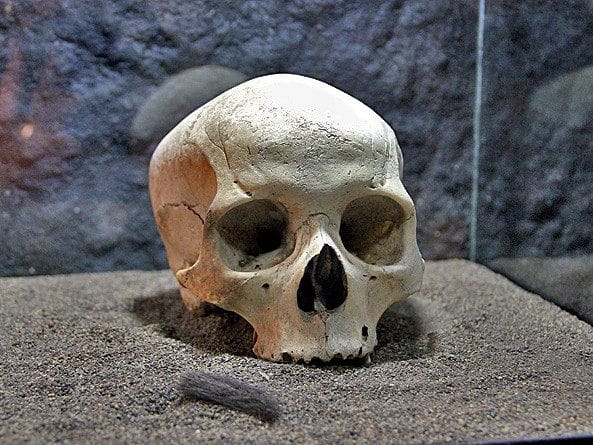
History of the Benahoarites
The Benahoaritas were the first settlers of La Palma, with a rich and diverse culture. Their existence dates back to before the arrival of Europeans, and their way of life was closely related to agriculture and fishing. This indigenous group left a lasting impact on the history of the island, evidenced by the numerous archaeological finds preserved and exhibited in this museum. An understanding of their history is fundamental to appreciating the cultural evolution of La Palma up to the present day.
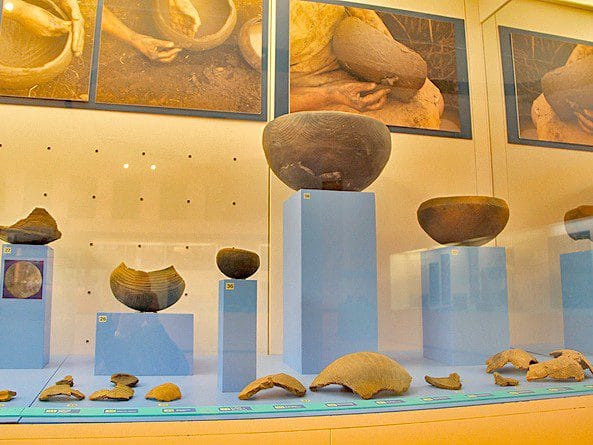
Main exhibits
The museum offers several exhibits that help visitors connect with the life of the Benahoarites and their environment.
Housing replicas
One of the most outstanding attractions are the replicas of traditional Benahoarite dwellings. These structures offer a detailed look at how they lived, organized themselves and related to their environment. The replicas are designed with natural materials and employ construction techniques that reflect the engineering of their time.
Cave engravings
Another essential element of the collection are the rock engravings, which are artistic expressions of great value. These stone inscriptions reveal beliefs, rituals and everyday aspects of Benahoarite life. The exhibits allow an in-depth interpretation of their symbolism and significance in the cultural context of the island.
3. Cumbre Vieja Natural Park Visitor's Center
The Cumbre Vieja Natural Park Visitor Center is a space designed to promote environmental education and understanding of the biodiversity and geology of the island of La Palma.
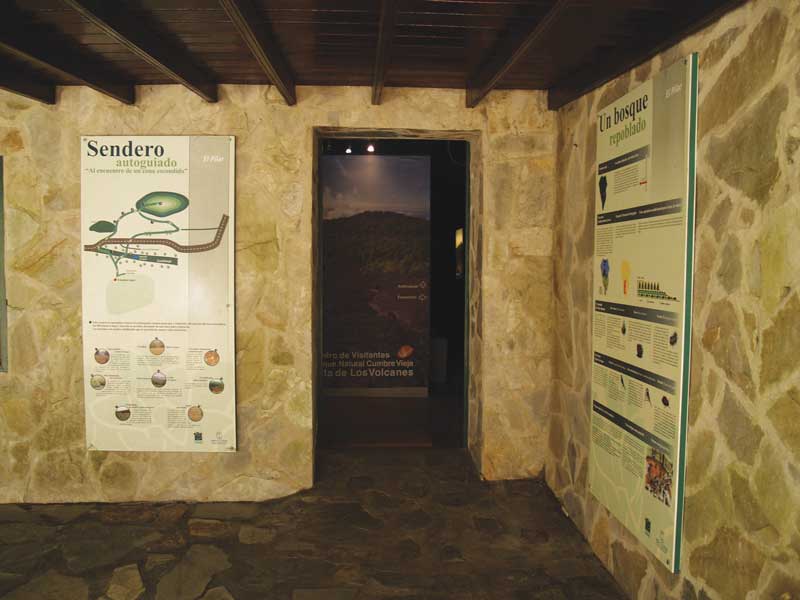
Biodiversity and geology
This center presents the natural wealth of La Palma through interactive exhibits and multimedia materials. Visitors can discover the variety of ecosystems present in the area, characterized by its endemic vegetation and the uniqueness of its geological formations. These aspects make Cumbre Vieja a place of great interest for nature and science lovers.
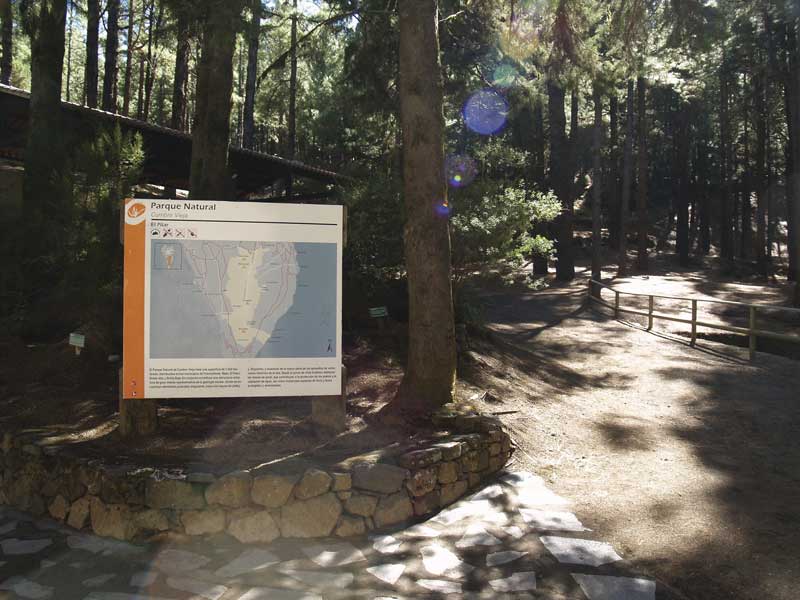
Conservation activities
The center is also involved in various initiatives aimed at the conservation of the park. Programs are carried out to inform and sensitize the population about the importance of protecting the natural environment. These activities foster a greater understanding of the challenges facing the local fauna and flora.
Environmental awareness
- Educational campaigns highlighting the importance of preserving ecosystems.
- Activities aimed at schoolchildren to promote a responsible attitude towards the environment.
Educational projects
- Guided tours that allow visitors to explore the park in a guided way.
- Practical workshops on local biodiversity and its conservation.
4. Insular Museum of La Palma
Located in Santa Cruz de La Palma, the Island Museum is a fundamental cultural center of the island that houses a rich collection of art and historical objects.
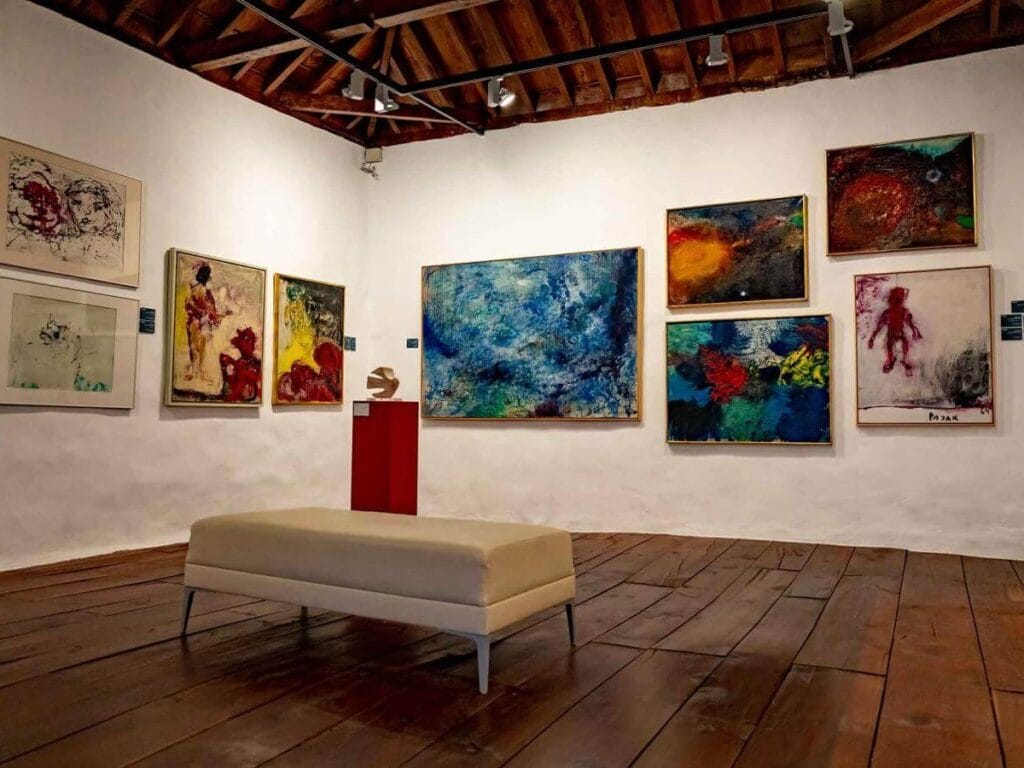
Traditional arts and crafts
The museum’s collection includes diverse works representing the artistic traditions of La Palma. Paintings by local artists can be found, as well as a variety of handicrafts that reflect the island’s cultural heritage. Among the most outstanding pieces are:
- Works by Canarian painters from the sixteenth to the nineteenth century.
- Traditional handicrafts such as pottery and embroidery.
- Objects that illustrate the daily life of the palmeros in the past.
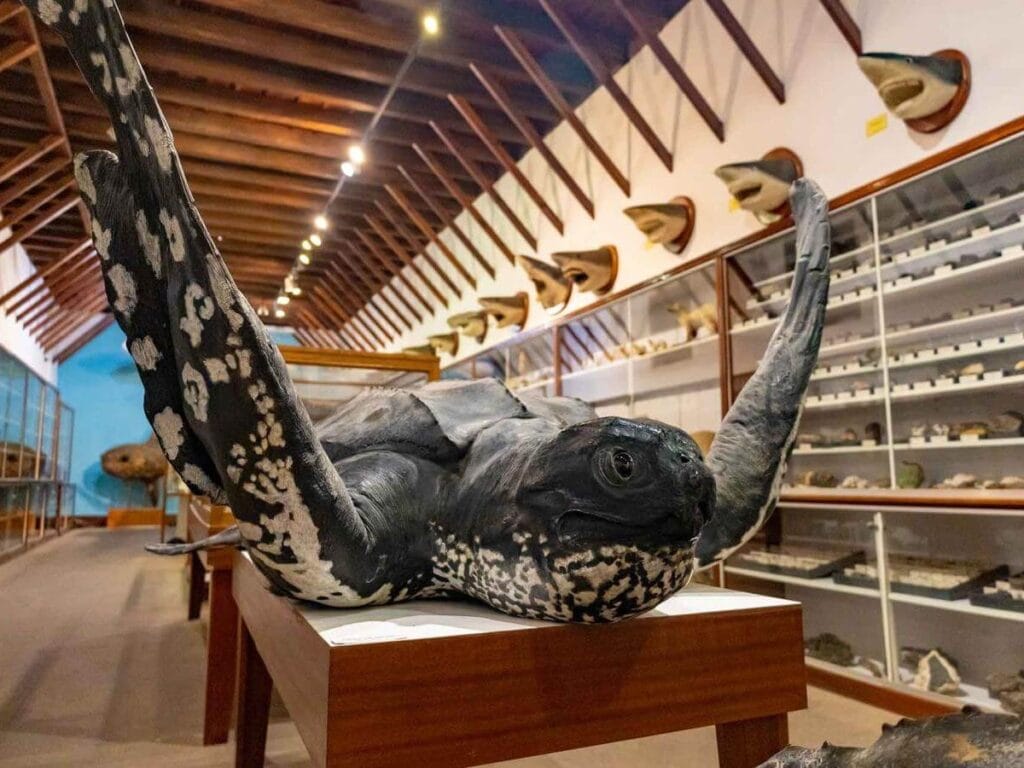
Natural history of La Palma
This museum not only focuses on art, but also presents a fascinating collection on the natural history of La Palma. Here the ecosystems and biodiversity that characterize the island are explored.
Flora and fauna
The museum houses samples of the rich flora and fauna of La Palma. It highlights the different native species, as well as those that have been introduced over the years. This section offers visitors an in-depth understanding of local biodiversity and its importance in the ecosystem.
Exhibition spaces
The spaces within the museum are designed to offer an immersive experience. The exhibition rooms are organized thematically, allowing visitors to appreciate the evolution of the culture and nature of La Palma. The architecture of the former Franciscan convent adds historical value to the exhibits, combining art and environment in an exceptional way.
5. Museum of Sacred Art
This museum, located in Santa Cruz de La Palma, houses a rich collection of religious art spanning several centuries of history. The institution stands out for its importance in the preservation of Canarian culture and spirituality.
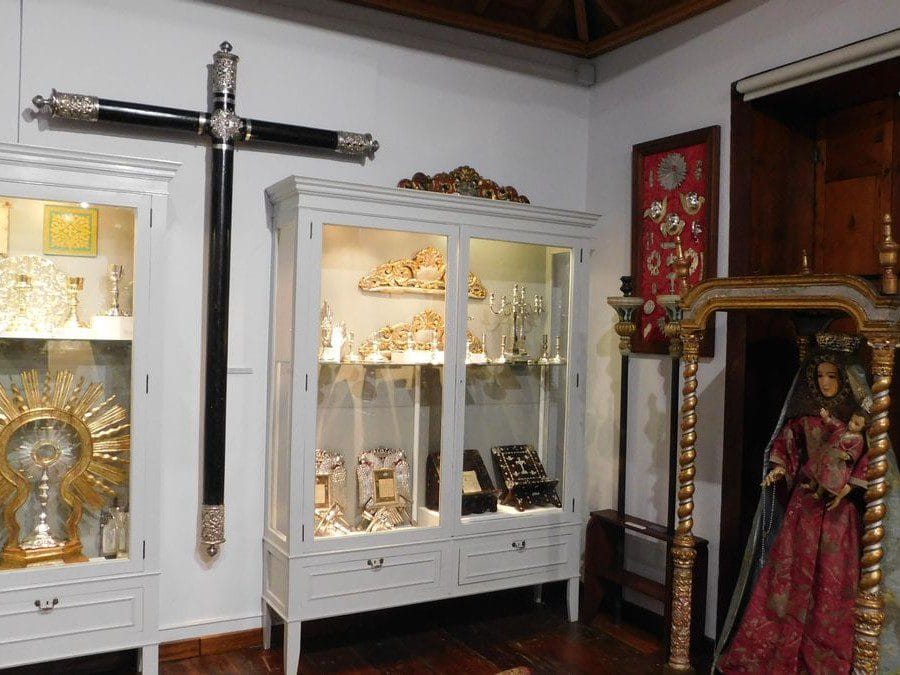
Collection of religious art
The museum features a vast collection of works of art that reflect the religious devotion of the island communities. Exhibits include sculptures, paintings and other objects that have been an integral part of the spiritual history of La Palma.
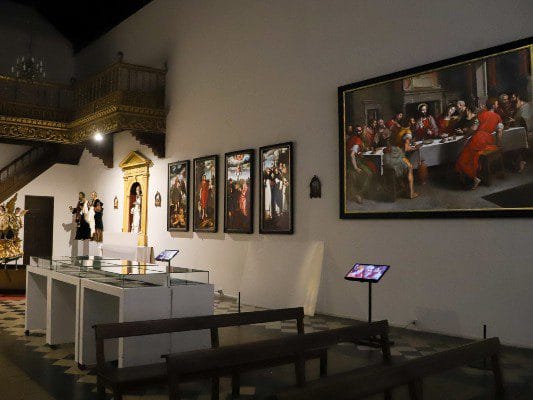
Historical and cultural significance
The relevance of the Museum of Sacred Art lies not only in the quality of its works, but also in the historical context they represent. Each piece offers a window into the religious and cultural past of the island.
Sculptures and paintings
The museum’s sculpture collection includes images of saints and virgins, many by local artists. The paintings, dating from the 16th to the 18th century, are testimony to the influence of religious art throughout history. These works not only have artistic value, but also tell stories of faith and devotion deeply rooted in Canarian culture.
Liturgical objects
The museum also exhibits a number of liturgical objects that have been used in religious ceremonies. These items, which range from chalices to sacred vestments, provide additional context about religious practices and celebrations on the island. By observing these pieces, one can appreciate the craftsmanship and dedication that have been part of the religious tradition on La Palma.
6. Wine and Sugar Cane Interpretation Center
This center focuses on two of the main economic activities of La Palma: wine production and sugar cane. Through its exhibits, it shows the historical and cultural relevance of these products on the island.
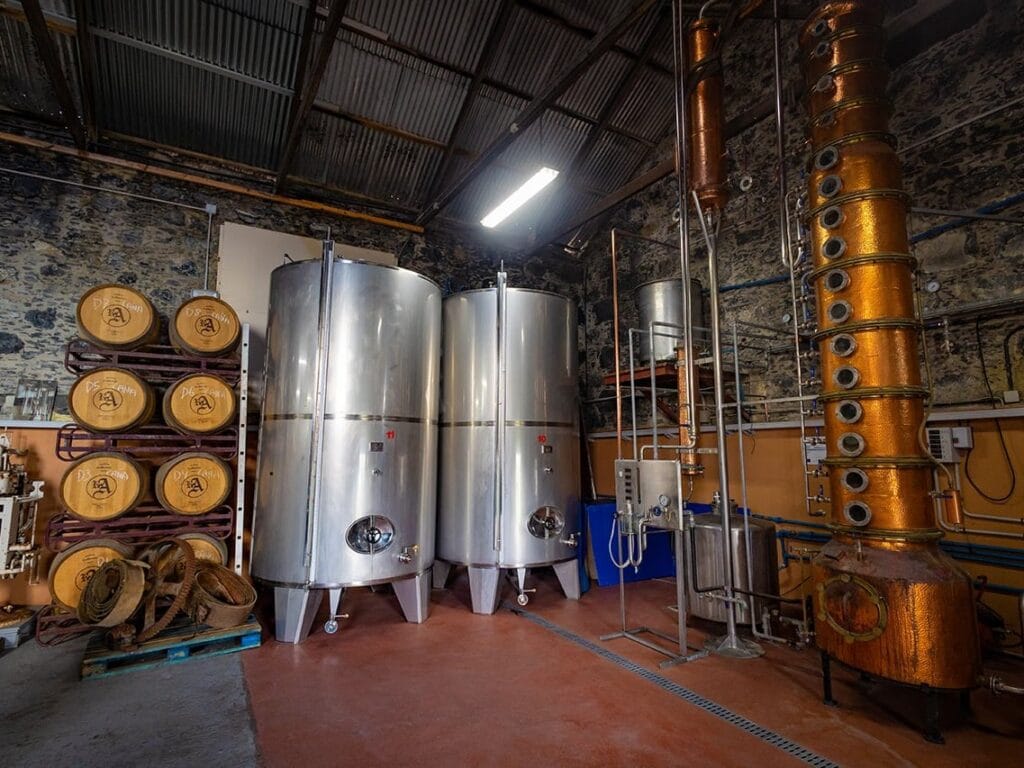
Economic history of La Palma
The importance of wine and sugar cane in the local economy dates back centuries. These activities have shaped the social and cultural identity of La Palma. Viticulture, especially, has been a vital source of income and tradition for many families. The sugar factories, on the other hand, played a crucial role in the economic transformation of the island, being pioneers in the Canary Islands industry.
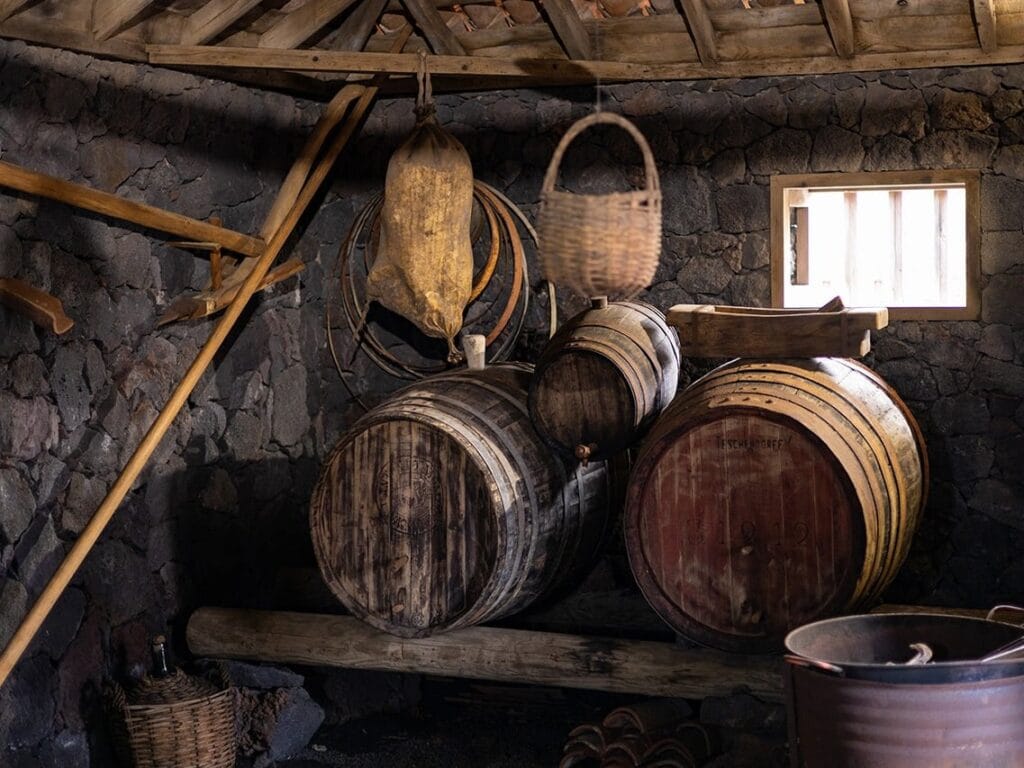
Exhibitions on viticulture
In the center you can visit various interactive exhibits that deal with viticulture. These exhibits allow visitors to understand both the technique and the history of wine production on La Palma.
Cultivation techniques
- Traditional farming methods that have been passed down from generation to generation are highlighted in the exhibition.
- Information is provided on the grape varieties grown on the island.
- Visitors can learn about the harvesting and winemaking process.
Wine tasting workshop
The center also organizes tasting workshops, where participants can learn to appreciate the flavors and aromas of local wines. This workshop includes:
- Instructions on how to taste wine correctly.
- A tour through the different types of wine produced in La Palma.
- Pairing tips to enhance the palmero wine experience.
7. La Bajada Museum
This museum is located in Santa Cruz de La Palma and pays tribute to one of the most emblematic festivities of the island, "La Bajada". This event, which celebrates the devotion to the Virgen de Las Nieves, reflects the cultural roots and local traditions that persist over time.
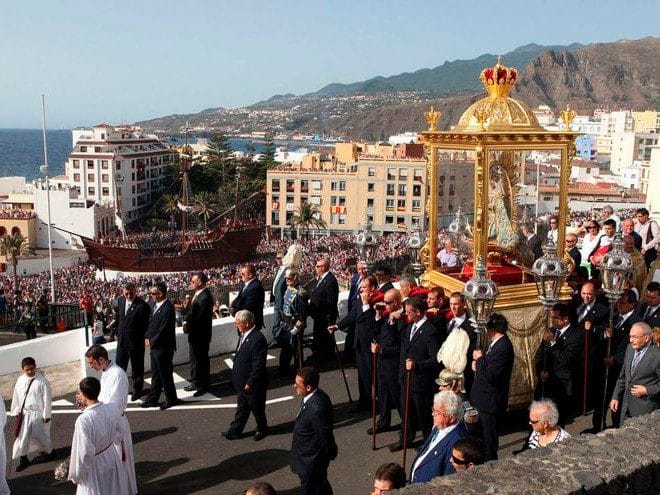
Festivity of La Bajada
La Bajada is a celebration that takes place every five years and gathers the community to honor the Virgin of Las Nieves. This festivity is considered one of the most awaited in La Palma, where moments of spiritual fervor and joy are experienced. It combines religious, cultural and social elements, making both residents and visitors vibrate with its activities full of color and emotion.
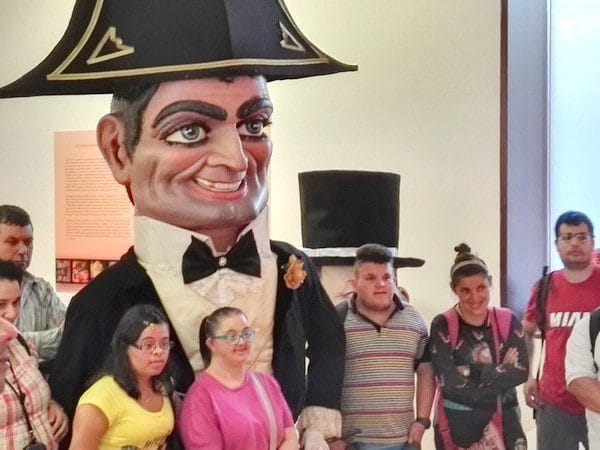
Thematic exhibitions
The museum offers a variety of exhibits that address significant aspects of this festival. Visitors can learn in depth about the elements that make up La Bajada, ensuring an enriching educational experience.
Typical costumes
Among the exhibits is the presentation of the traditional costumes worn by the participants during the festival. These costumes are meticulously elaborated and reflect the cultural heritage of the island, combining artisan techniques with traditional designs. Each costume tells a story, symbolizing the identity and pride of the palm community.
Dances and traditions
Traditional dances are an essential component of La Bajada, and in the museum you can appreciate the different choreographies performed during the celebration. These dances, accompanied by folkloric music, create a festive atmosphere that revives the customs of past generations. The dance groups are dedicated to preserving these traditions, offering a glimpse of the community spirit that characterizes this event.
8. Lighthouse of Fuencaliente and Interpretation Center.
This emblematic lighthouse not only guides navigators, but also offers a deep insight into the maritime history of La Palma.
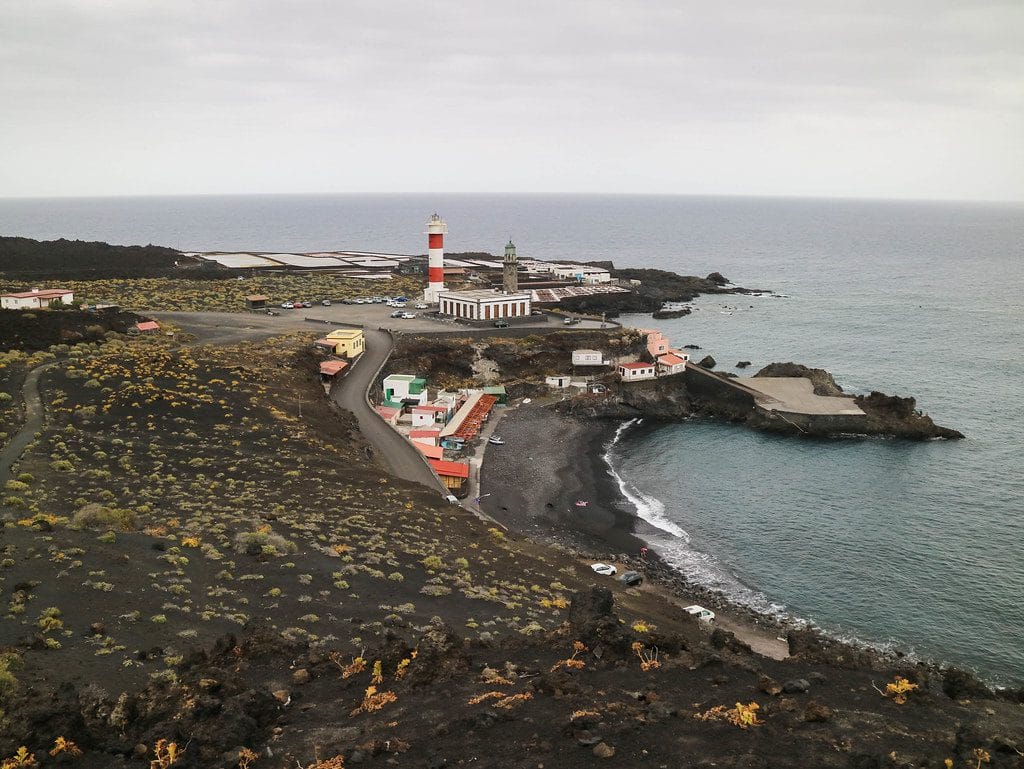
History of navigation on La Palma
The history of navigation in La Palma goes back centuries, when navigators used the stars and the position of lighthouses to orient themselves. The Fuencaliente Lighthouse, inaugurated in 1903, is a testimony to this tradition. Over time, it has played a crucial role in the safety of vessels crossing the waters of the Canary Islands.
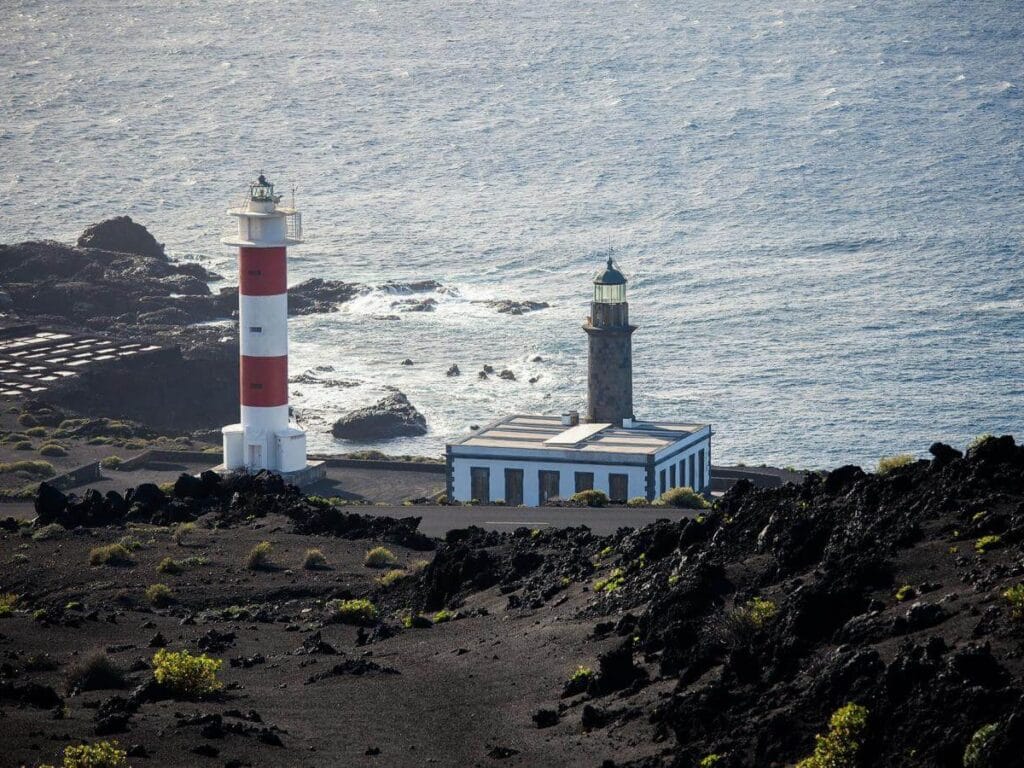
Importance of lighthouses
Lighthouses are essential to ensure maritime safety. On La Palma, the Fuencaliente Lighthouse stands in a unique natural setting. This lighthouse is not only a landmark for ships, but also represents a symbol of the island’s dedication to safe navigation.
Maritime safety
- Reduces the risk of shipwrecks in dangerous waters.
- Provides clear visual information to mariners.
- Promotes nautical tourism in the region, generating local income.
Volcanic environment
The Fuencaliente Lighthouse is located in a spectacular volcanic setting, which adds an extra dimension to its beauty. This landscape is not only vital to the island’s biodiversity, but also provides a stunning backdrop for the lighthouse. The volcanic formations surrounding the area offer opportunities for exploration and environmental education.
9. Banana Museum
This museum is dedicated to one of the most representative products of La Palma: the banana. Through various exhibitions, the history and economic importance of this crop on the island is discussed.
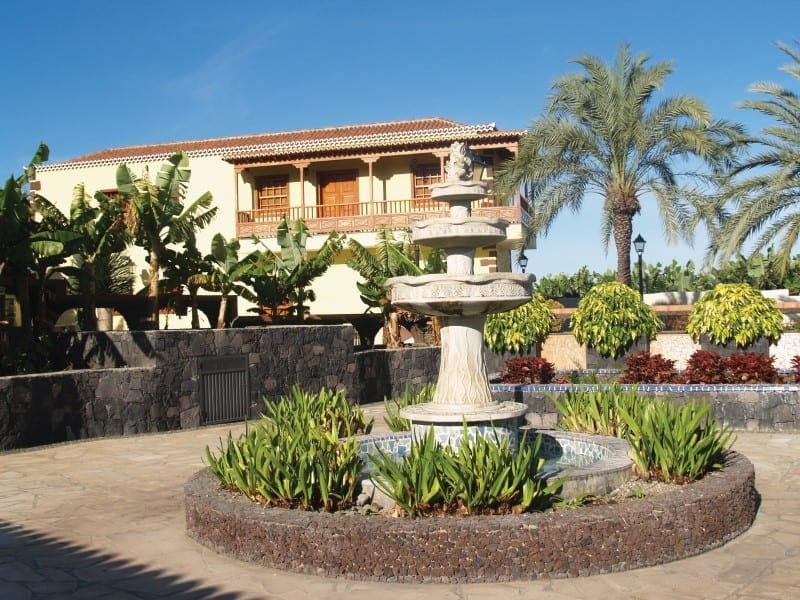
Importance of bananas in La Palma
The banana has been a fundamental pillar in the local economy of La Palma for centuries. This crop not only provides a livelihood for many families, but has also helped to shape the community culturally and socially. The export of bananas has allowed the island to establish significant commercial connections with the outside world, becoming a symbol of La Palma’s identity.
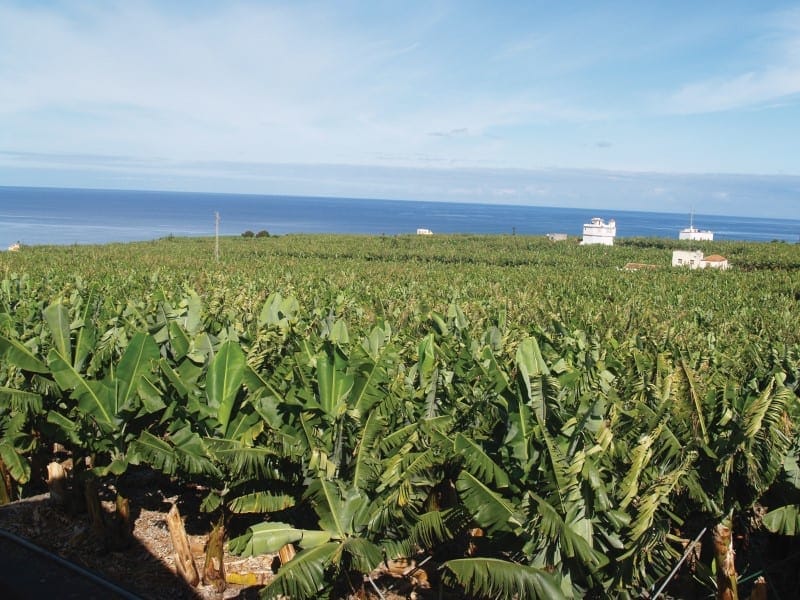
Cultivation and export processes
The museum explores in depth the methods of banana cultivation and its path to international markets. Each stage of the process is vital and guarantees the quality of the final product.
Interactive displays
Visitors can enjoy interactive displays detailing the life of the banana, from planting to harvest. These presentations provide a better understanding of farming techniques and the impact of the crop on the local economy.
Banana tastings
Tastings are organized that offer visitors the opportunity to savor different varieties of bananas grown on the island. This sensory experience complements education about the crop, allowing visitors to appreciate the quality of the product in its purest form.
10. Naval Museum and La Virgen Ship
This museum highlights the maritime history of La Palma, offering a comprehensive overview of navigation in the Canary Islands. Its location on a replica of the famous Santa Maria ship adds significant historical value to the visitor experience.
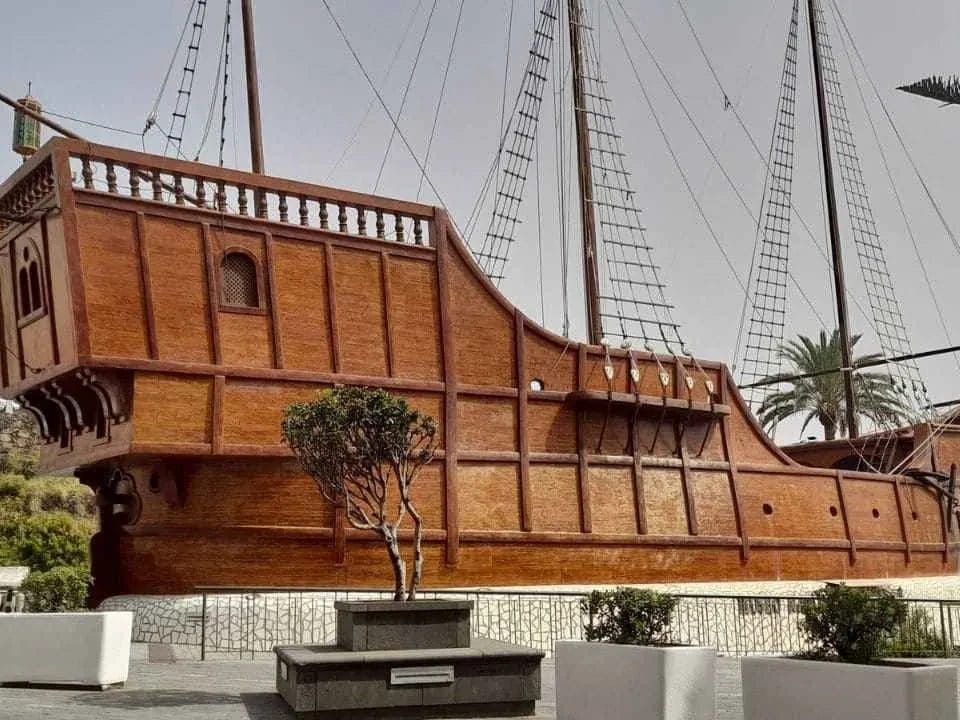
Maritime history of La Palma
La Palma has a rich maritime tradition dating back centuries. This museum explores the island’s connection to navigation, highlighting the vital role that ships played in trade and communication with other regions. From the time of colonization to the present day, La Palma’s naval history has influenced its development and the lives of its inhabitants.
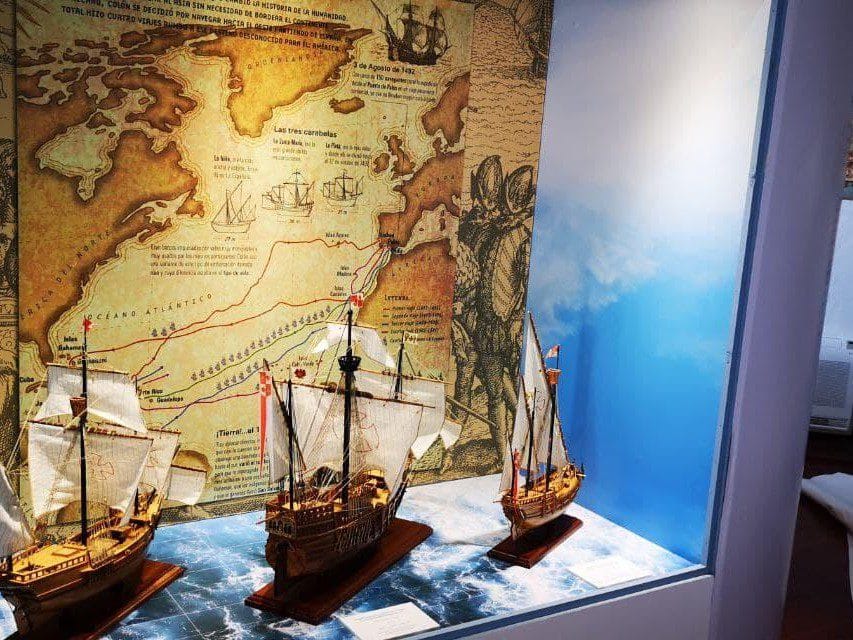
Naval exhibitions
Inside the museum, various elements that narrate the maritime history of the island and its people are on display. Exhibits include a variety of objects and representations that highlight the evolution of navigation over the years.
Ship models
- You can find detailed replicas of historical vessels that illustrate how ships sailed the seas in different eras.
- These models allow visitors to appreciate the evolution of shipbuilding and the designs adopted over time.
Naval artifacts
- The museum houses a collection of artifacts that were used in navigation, such as antique navigational tools and equipment.
- These artifacts offer a deeper understanding of the navigation techniques and conditions faced by sailors of yesteryear.
